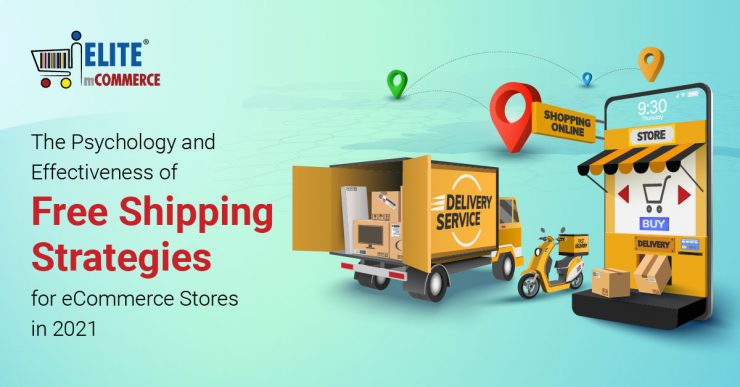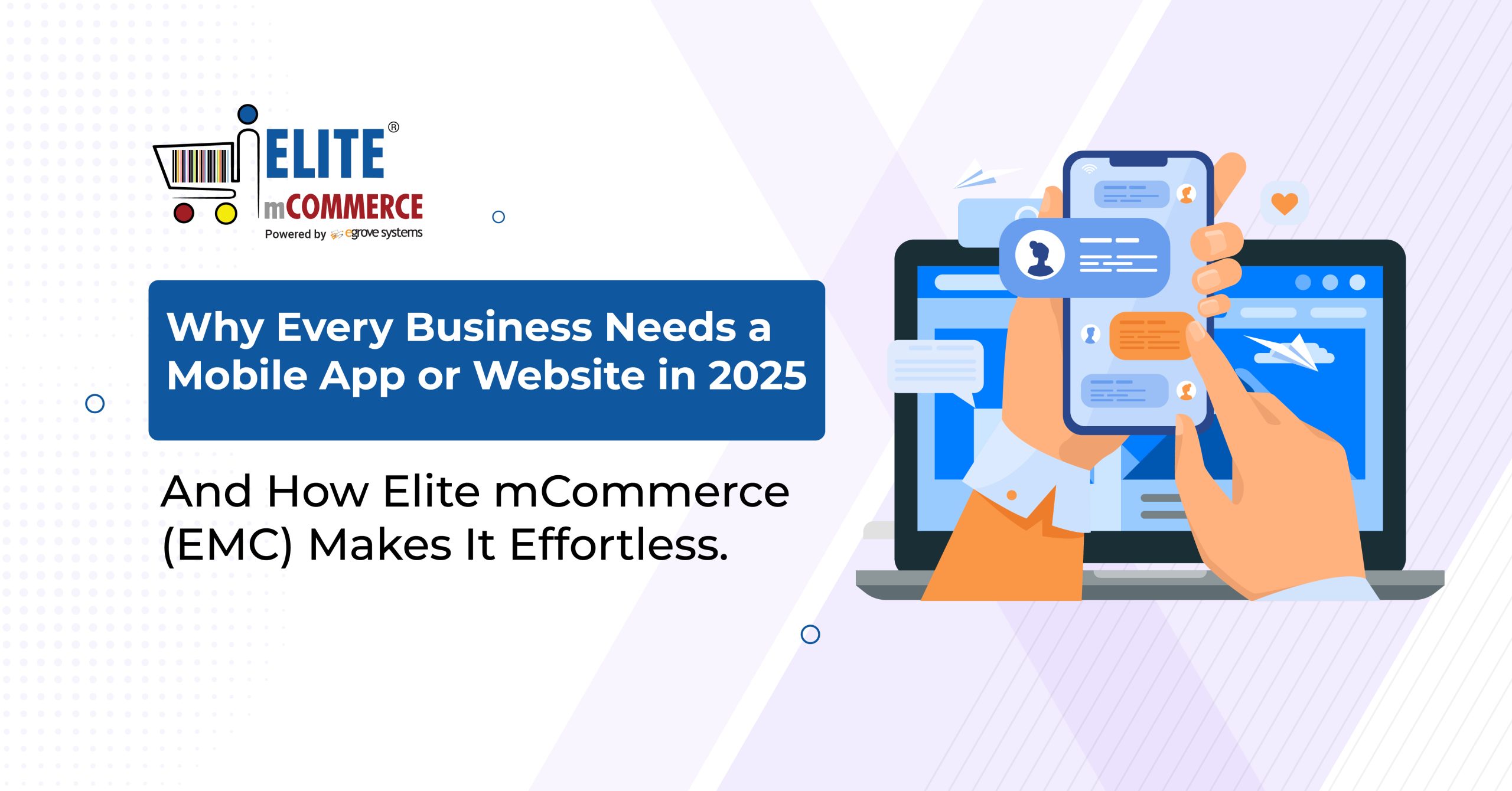Customers are more and more accustomed to digital commerce, but that means they have specific expectations for what eCommerce mobile apps and businesses should provide. In particular, free or cheap shipping has become expected by customers, and they also expect goods to arrive within a few days of ordering. Not meeting these requirements can lose customers and make them look elsewhere. Free shipping isn’t just about lower costs; it has a psychological value to customers. There are several ways to make free shipping part of your marketing strategy.
How Customers Expect Free Shipping
Shipping can cost a significant portion of online orders. This makes free shipping an appealing feature for eCommerce stores. With Amazon and other major storefronts offering free shipping for many products, customers see it as nearly obligatory. 79.8% of shoppers say they use Amazon because of its fast and free shipping, per a survey of customers in 2020. Offering free shipping is a way to compete for customers’ attention.
Commonly, free shipping is offered for orders over a certain amount, so the profit to the vendor will outweigh the shipping costs that they must cover. What do customers consider the right threshold? Per a Statista survey, nearly half of Americans in 2020 expected to have to spend from 30 to 50 U.S. dollars to get free shipping. 26 percent thought they would need to spend 20 to 30 U.S. dollars, and very few believed that they should need to spend more than $50.
The right spending threshold for free shipping can vary based on the product type and the vendor’s shipping costs, but $30 to $75 is appropriate in most cases. This discourages smaller purchases, leading customers to spend more at your store. They may decide to add another small item, so you should always offer low-cost products that are useful and easy to order. Customers may also decide to explore your offerings and find more to purchase based on their needs while meeting a cost threshold for free shipping.
You can calculate the ideal threshold by finding your average order cost and shipping cost, and then set the free shipping threshold to 10% or more above the current average cost to meet the cost of free shipping.
Free Shipping for Members and Loyal Customers
Of course, another approach to free shipping is through subscriptions like Amazon Prime that are free regardless of order value. These subscriptions may become satisfying to customers if they order very frequently, and if their orders don’t always have a high monetary value. Another example is Doordash’s DashPass, which gives free delivery for food orders for a monthly fee. This meets the needs of customers who order smaller amounts more frequently.
Free shipping can also be offered as a loyalty perk for members or as a coupon. While more exclusive, this can be a way of getting customers to sign up for loyalty programs and follow marketing emails more closely.
Read also: How Small eCommerce Stores Can Provide Fast, Cost-Effective Delivery
Free Shipping Days and Events
Another approach to offering free shipping is to offer it at certain times instead. This could be a holiday sales event or a store-exclusive sale, where any orders during that period get free shipping. This solution is great because it can encourage customers to buy at that time just like a discount on products, but it’s more simple to carry out. Free shipping is also more attractive than a direct discount because customers might try to wait or find a matching deal, but they will want to get free shipping while it’s available.
This can lead to higher volume at critical times of the year, and luring customers away from the competition. Free shipping periods allow stores to meet the expectations of customers and compete with other stores that offer free shipping without cutting into their costs.
Balancing Shipping Costs and Speed
Mobile commerce apps and websites will initially lose money by having to cover shipping costs. Taking a loss for free shipping requires calculating the profit on the average order to see if it evens out. Also, consider whether bringing a greater volume of customers to the store is worth the cost.
Speed is also expected by customers. Amazon’s 2-day shipping is widespread enough that customers may refuse to use other services that take longer. Try to guarantee shipping within 1 week and improve your supply chain to deliver as soon as possible to stay competitive.
Final Thoughts
Free shipping is a common strategy among e-retailers. 74% of retailers reported offering free shipping for purchases exceeding a minimum amount, 32% offer it on holidays, and 21% provide it for their best customers, according to Statista research. All of these approaches can be powerful tools to get customers interested in the opportunity to get free shipping.









Add comment